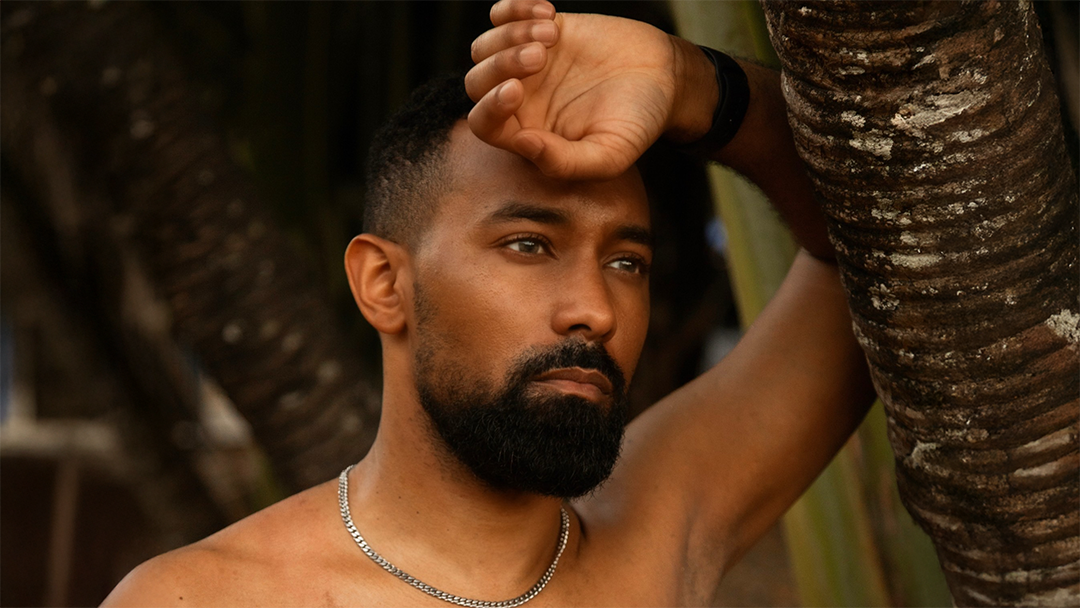It's a curious case about how the Marines of One Piece are able to drive back pirates given how many as there are. After Gold Roger's execution and the Great Pirate Era began, swarms of new pirates cropped up everywhere. Furthermore, the Four Emperors of the New World were just beginning to establish their power and territory. The world was changing, and the Marines had to change with it if they were going to maintain power. This is how the Seven Warlords of The Sea were formed.
The Seven Warlords of the Sea was a system created by the World Government in response to the growing number of pirates. Seven different pirate crews would have their crimes pardoned and their bounties nullified, and are free to go about their goals as long as this doesn't directly interfere with Marine Headquarters or World Government interests.
In return, Warlords are expected to perform any tasks assigned to them, such as when Bartholomew Kuma was ordered to kill the Straw Hat Pirates on Thriller Bark, as well as obey summonings by the Government in times of crisis, such as the execution of Portgaz D. Ace. This principle has gotten those who take the title of Warlord the moniker of "Government Dogs" by other pirates, as they throw away their pride as a swashbuckler in favor of government protection.
The first Warlord we meet is Dracula Mihawk in Chapter 50 when he destroys Don Krieg's ship and then battles with Zoro. However, readers didn't get a proper explanation of the Seven Warlords system until chapter 69 by Yosaku, who off-handedly mentions Jimbei -- a character who doesn't make his true appearance until Impel Down. The Warlord concept is actually loosely based on the real-life privateers; approved pirates were employed by old European nations to plunder and attacks ships, colonies and other pirates.
There are 11 known characters in One Piece who have held the title of Warlord at one point or another. However, the seven most recognizable Warlords are as follows: Dracula "Hawk-Eye" Mihawk, "The Tyrant" Bartholomew Kuma, Boa Hancock the Pirate Empress, Sir Crocodile, Gecko Moria, "First Son of the Sea" Jimbei and "Heavenly Yaksha" Donquiotxte Doflamingo. A few other characters would later hold the title of Warlord for a period of time, including "Surgeon of Death" Trafalgar Law, Buggy the Clown, Marshall D. Teach and Edward Weevil.
Interestingly, each Warlord has a specific reason for taking the title, noble or otherwise. For instance, Boa Hancock uses her title of Warlord to maintain her home, Amazon Lily, as a closed-off nation where the World Government or Marines can't impose their authority on her people. Jimbei likewise took the position of Warlord as an act of good faith, believing it could strengthen relations between Fishman and Humans in the future.
However, more villainous Warlords like Crocodile or Doflamingo use their position to go about their ambitions in their respective kingdoms without fear of government investigation. Even Buggy the Clown was able to make use of his new Warlord position; after the time skip, Buggy started Buggy's Delivery Service -- a mercenary guild conducted by Buggy and his crew that dispatches powerful pirates and warriors to any country or group willing to pay.
Despite the Warlords becoming almost a mainstay of One Piece, the system would eventually be nullified. At the most recent Revery, the topic was brought forth whether the Seven Warlords system should be dissolved due to the actions of Crocodile, Doflamingo and Blackbeard. It was thus decided, and all remaining Warlords were stripped of their status and their bounties reinstated in Chapter 956. Following this, Marines were deployed to all former Warlords' current locations, including Boa Hancock, Mihawk and Weevil, to either capture or eliminate their targets.
Although we are still currently deep in Wano, learning the fate of the former Warlords will likely be what's over the horizon when this arc concludes. It will be exciting to see how these formerly untouchable pirates now deal with a world that no longer protects them and what their respective futures hold.
About The Author

